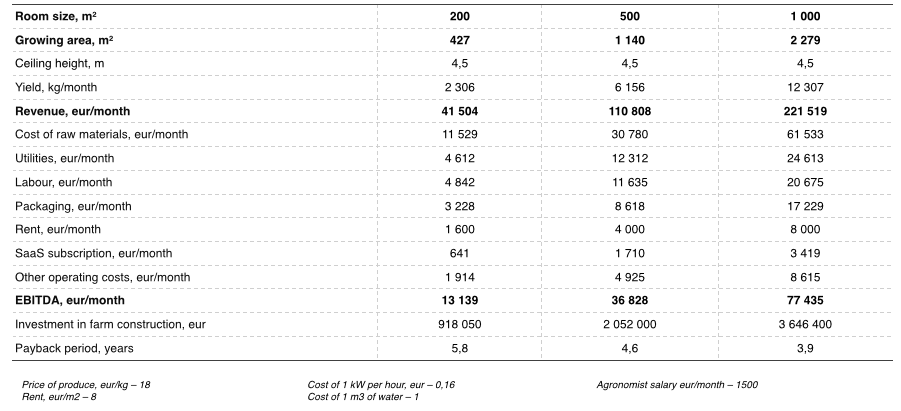By clicking SUBMIT, you agree to the processing of personal data and to the privacy policy
iFarm Microgreens
Automation Technologies
A variety of crops can be grown on vertical farms. In addition to strawberries, leafy greens, and herbs, vertical farmers can now grow microgreens using iFarm technologies.
After laboratory experiments and testing, we are ready to offer our technology for launching industrial vertical farms for year-round microgreens cultivation.





Life cycle of iFarm Microgreens
Step 1
Preparation of substrate, tools, and consumables
Step 2
Planting of seedlings
Step 3
Germination and growth under lights
Step 4
Harvesting and packing
Advantages of iFarm vertical farm technologies
01/
Automation of all processes and special software
to manage them
to manage them
Reduced staffing costs
Pesticide-free production enables sustainable growth and compliance with environmental regulations
Pesticide-free production
Any farm configuration is possible (from 50 to 1000 sq.m). Design, installation and setup takes about 3-4 months
Quick scaling
Over 158 plant production recipes ensure a varied crop selection
Varied crop selection
Indoor farming in urban areas facilitates year-round farm-to-fork production
Always fresh produce
Production, manufacturing, warehouse and storage— all in one place
Reduced expenditure
No agricultural knowledge or experience is required to start growing — all plant recipes are available in the iFarm Growtune platform
Easy to grow
03/
05/
07/
02/
04/
06/
08/
Efficient use of space
Vertical racks maximise space and facilitate indoor, urban farming
09/
Minimal water consumption
95% less water is used at vertical farms compared with conventional farming or greenhouses
10/
Eco-friendly
No carbon footprint — Vertical farms eradicate long distance travel within the supply chain
Crop guide for farms
Pea
Red Coral Radish
Arugula
Red mustard
Sango Radish
Sunflower
7 stages of interaction with iFarm before starting
the first growing cycle
the first growing cycle
01/
01/
Getting to know iFarm technology
Take a virtual tour of our farm
02/
02/
Preliminary offer
Project evaluation based on individual parameters
03/
03/
Designing the farm
Signing your contract and funding the design. Providing a farm concept and estimated financial model
04/
04/
Signing contracts and payment
Signing supply contracts and equipment installation
05/
05/
Building the farm
Installation and setup
06/
06/
Initial planting
Learning to use our agricultural technology and planting the first batch of crops
07/
07/
Service maintenance
Contracts for the supply of consumables and for the use of the iFarm Growtune platform
Financial performance iFarm Microgreens

Gallery
By clicking SUBMIT, you agree to the processing of personal data and to the privacy policy

